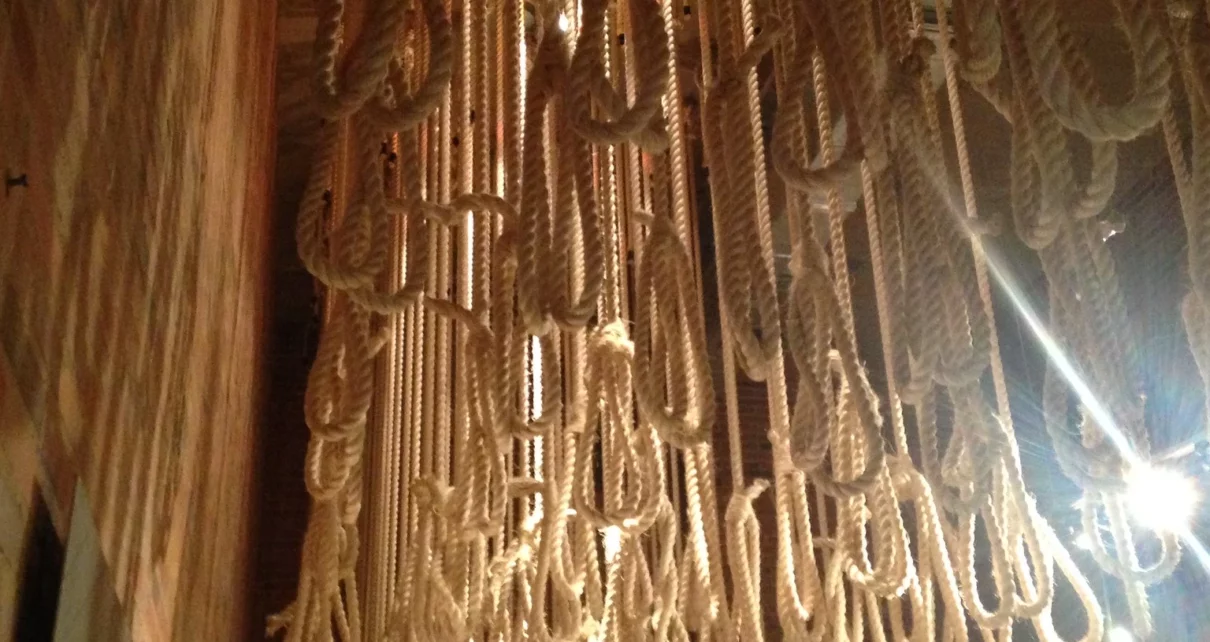Execution by shark attack, or “The Pig Basket Atrocity.”
In WWII the Japanese had captured several Allied resistance fighters in Java and tied them up in woven baskets used to transport pigs. Instead of just shooting the men, the Japanese wanted to dispose of their captives to ensure their enemy suffered greatly and their bodies were never found.
Japanese had little respect for prisoners during the war, regarding anyone who would suffer the humiliation of defeat without taking their own life as worse than vermin. In their eyes, these men were cowards who were afraid to commit seppuku and were not worthy of dying a humane death.
The men were loaded onto transport trucks and driven to the coast in scorching hot weather, a journey of several hours, where the men suffered dehydration and heat stroke. The baskets were then loaded onto fishing boats and driven far out to sea. When their destination had been reached, the baskets were thrown overboard into the open ocean and swarmed by sharks. Some men were likely dead from the journey, but most drowned or were torn apart by the shark’s feeding frenzy.






